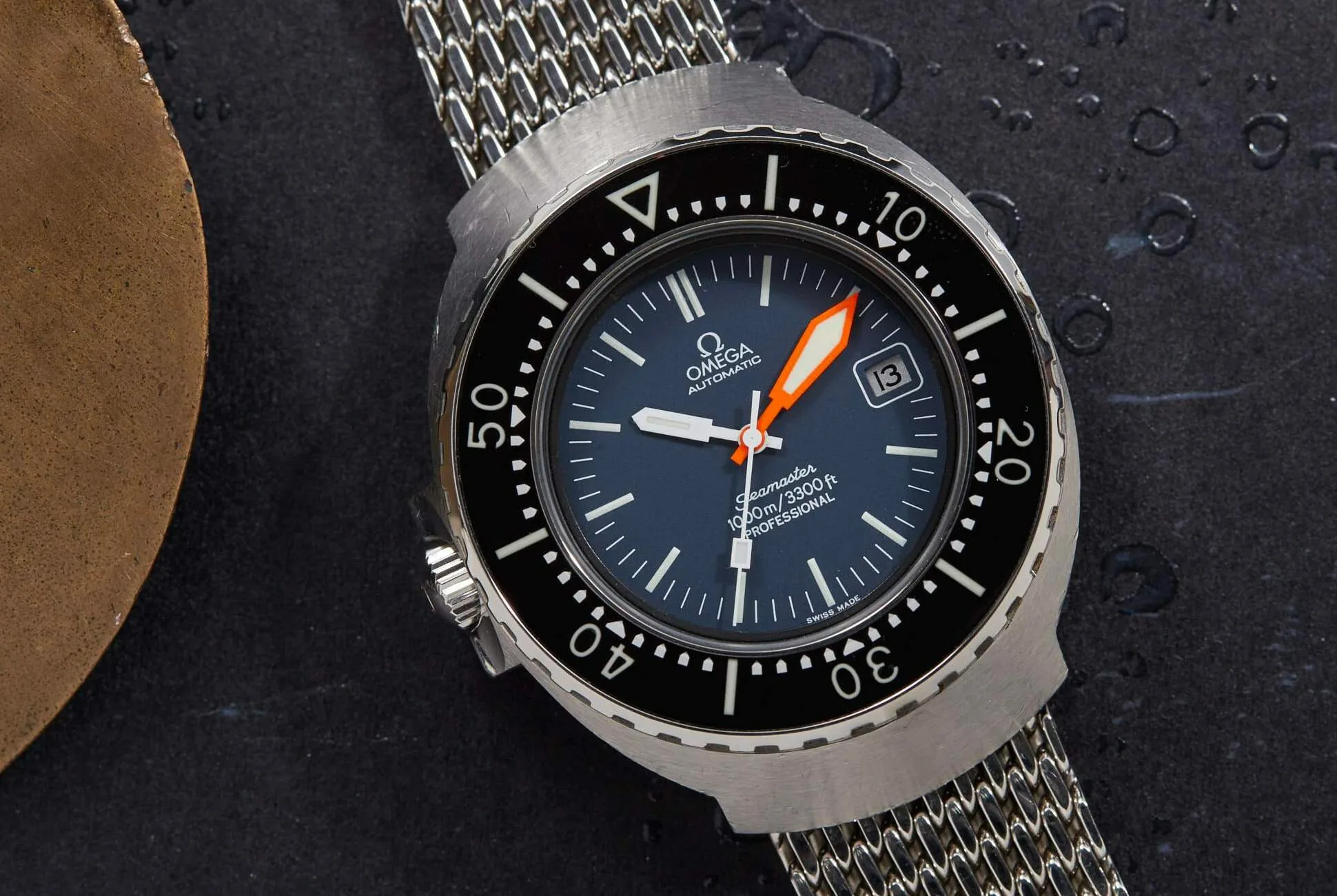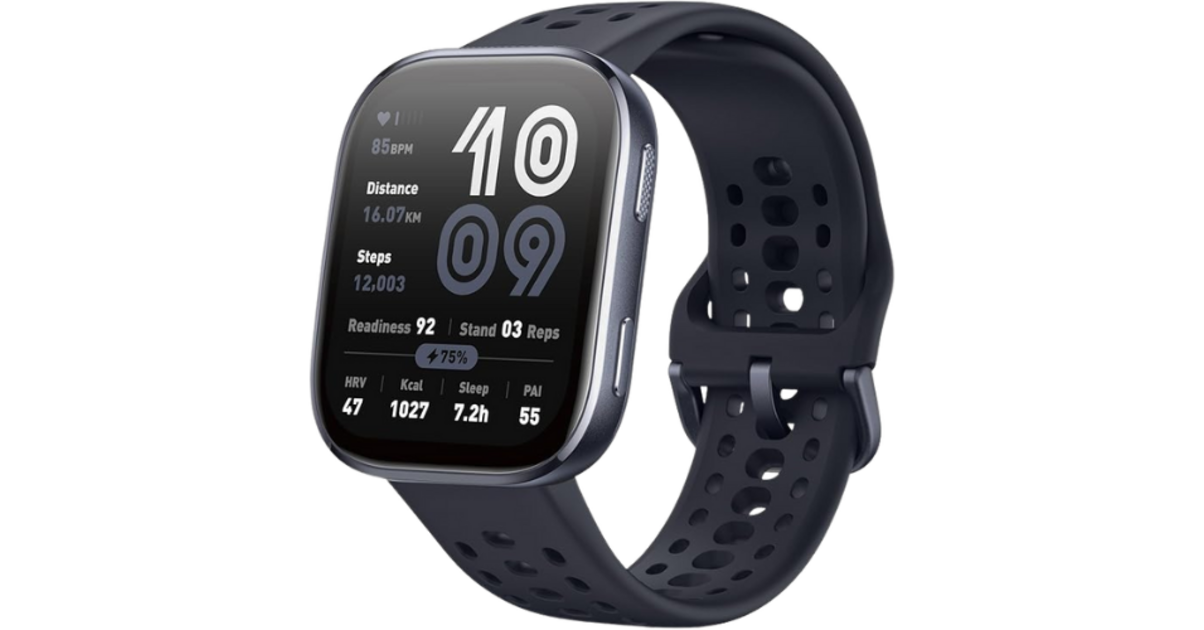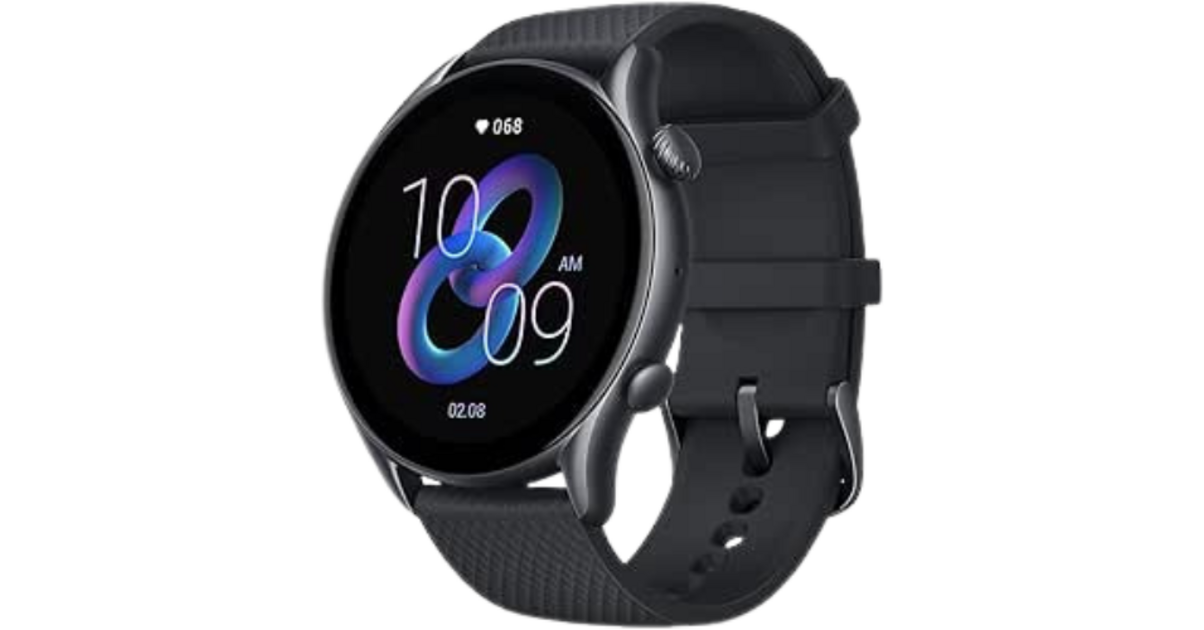Table of Contents
Beneath the surface, a story of culture
They smell of salt and kerosene from seaplanes, of briefings by the light of a hurricane lamp, of Cousteau’s wet notebooks. Vintage divers are not just tool watches: they are fragments of epics. At a time when everything is measured to the tenth of a millimeter and the lumen, these timepieces born to survive the pressure of the abyss have conquered another gravity: that of style, memory and collection. Why are they so magnetic? Because behind each notched bezel hides a real reason for being—a promise of adventure whose patina only reinforces the charm.
The golden age under the sea
At the beginning of the 1950s, the diving watch left the drawing boards to join the wrists of combat swimmers. In 1953, the Blancpain Fifty Fathoms, designed with Robert Maloubier and Claude Riffaud, set the codes: unidirectional rotating bezel, serious water resistance, radical readability. The same year, Rolex refined its Submariner, soon revealed to the public, and Omega worked on the Seamaster 300 (1957). Later, Doxa invented the professional orange (Sub 300, 1967), Seiko democratized Japanese reliability with the 62MAS (1965), and Tudor equipped the French Navy. Each reference is not an exercise in style: it is a tool validated offshore, in hyperbaric chambers or on the decks of ships.
What’s more about vintage?
Patina, this discreet luxury
Radium then tritium, acrylic glasses, bakelite inserts: yesterday’s materials are aging with nobility. Cream indexes, “tropical” dials turned chocolate, gray “ghost” glasses… This patina speaks of use. Far from frozen relics, a vintage diver lives, marks the passing of time and makes each piece unique—what the collection seeks above all.
Correct proportions
36 to 40 mm, contained thicknesses, slender horns: historic divers know how to slip under a tweed sleeve like wearing a leather jacket. Their ergonomics—born from a function—becomes a manifesto of timeless design. The sober tool has the chic ability to go with everything.
Stories straight from the steel
Military insignia on the bottom, serial numbers, period papers, engravings from a diving club: vintage bears traces. From the Submariner COMEX to the Tudor MN, from the Seiko “Willard” seen in Apocalypse Now to the Longines “Super Compressor”, these watches are not satisfied with a technical sheet; they offer a chapter of popular culture and industrial history.
Scarcity and rational desire
Limited productions, survivors of real use, variants of dial, crowns or hands: rarity fuels envy. But there’s more to value than speculation. Good vintage is the right combination of authenticity, condition and provenance—a trio that the market knows how to reward.
Icons that make collectors’ hearts beat
- Blancpain Fifty Fathoms: the matrix of 1953. The “Mil-Spec” versions with the humidity disk are holy grails in their own right.
- Rolex Submariner 5513/5512: pure lines, “gilt” dials on the first series, faded bezels… the diver’s gun.
- Omega Seamaster 300 CK 2913: broad arrow, technical elegance of the Speedmaster-era; a sportswoman with an impeccable pedigree.
- Doxa Sub 300: orange dial, “no-deco” bezel validated by the US Navy and Cousteau. The tool that has become cult.
- Seiko 62MAS & 6105 “Willard”: robustness, organic design, unbeatable quality-emotion ratio to enter the collection.
- Longines Legend Diver (vintage 7042): “Super Compressor” EPSA case, double crown, gentleman diver chic.
- Tudor Submariner “Snowflake” MN: angular hands, sought-after French military provenance.
Reissues, pop culture and the halo effect
Careful reissues—from the Fifty Fathoms to contemporary Legend Divers—have rekindled the flame. They act as gateways, pushing enthusiasts towards the originals. Cinema and diving archives catalyze the imagination, from James Bond to the Cousteau team’s documentaries. Result: a strong, international demand for authentic vintage divers, where history goes beyond simple aesthetics.
Getting started with a collection of vintage divers
- Favor authenticity: period dial, hands, bezel and crown. “Service” parts lower the value.
- Track the consistent patina: similar shades between indexes and hands, varnish intact, no rough reluming.
- Examine the case: sharp corners, solid horns. Excessive polish erases character and value.
- Check the references: serial numbers, “T Swiss T” markings, engraved backgrounds; request archive extracts if possible.
- Waterproofing: never assume. A visit to a watchmaker for seals and pressure testing is essential.
- Provenance and file: invoices, diving cards, period photos—all documents tell the story and secure the purchase.
- Listen to the market: “tropical” variants, military series or the first generations concentrate desirability.
Without transition, this linked article may interest you “What is the bezel of diving watches used for”.
Should you still dive with it?
It can, sometimes, after a serious overhaul and a leak test. But most collectors avoid salt water. The seals age, thermal shock lurks, and an original dial is better than a few heroic fathoms. The elegant compromise? Wear your vintage diver every day, keep a modern one for the pool.
The magnetism of the true tool
If vintage divers are so sought after, it is because they combine the useful and the sensible. They condense a technological golden age, a universal silhouette and a density of stories that no new thing can imitate. In a world of connected objects, they reconnect us to the essential: a curved glass, a clicking bezel, hands that move with the regularity of the surf. And, on the wrist, the serene impression of carrying a piece of ocean with you.






